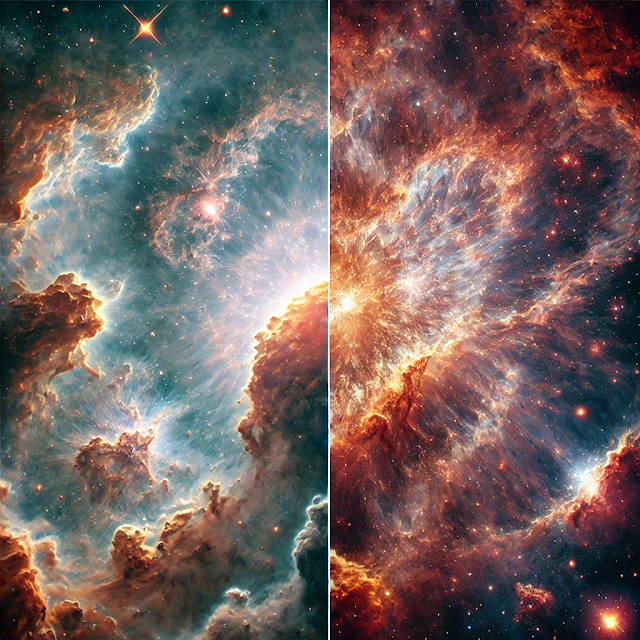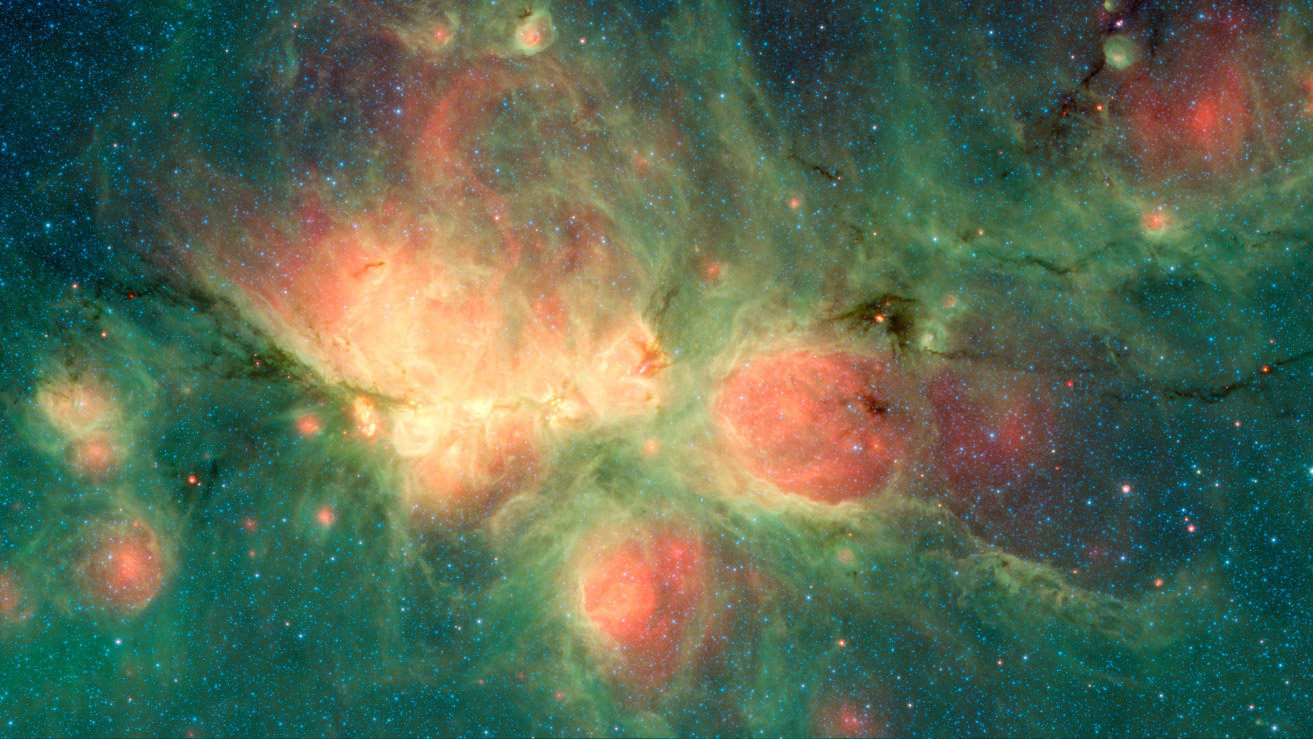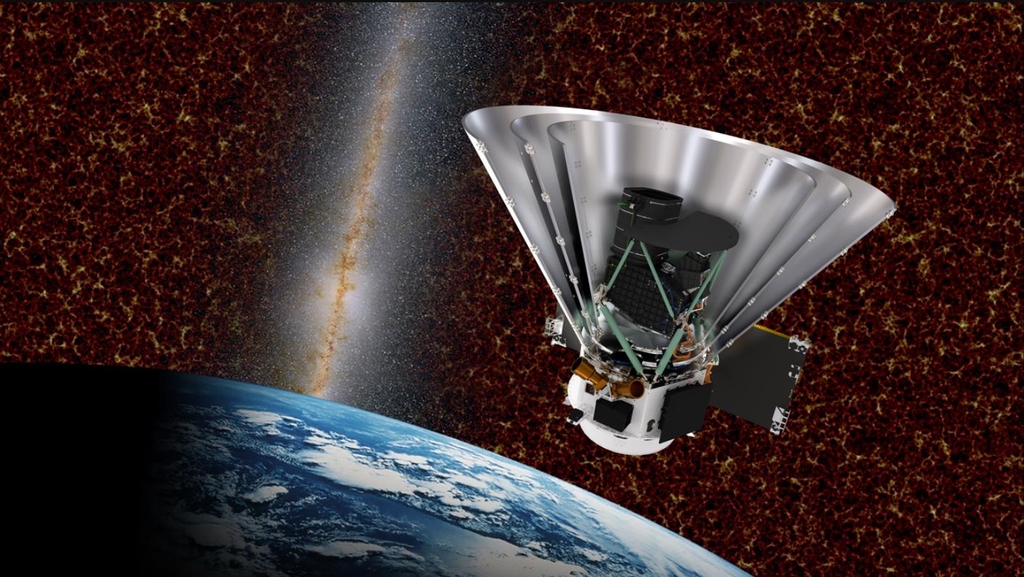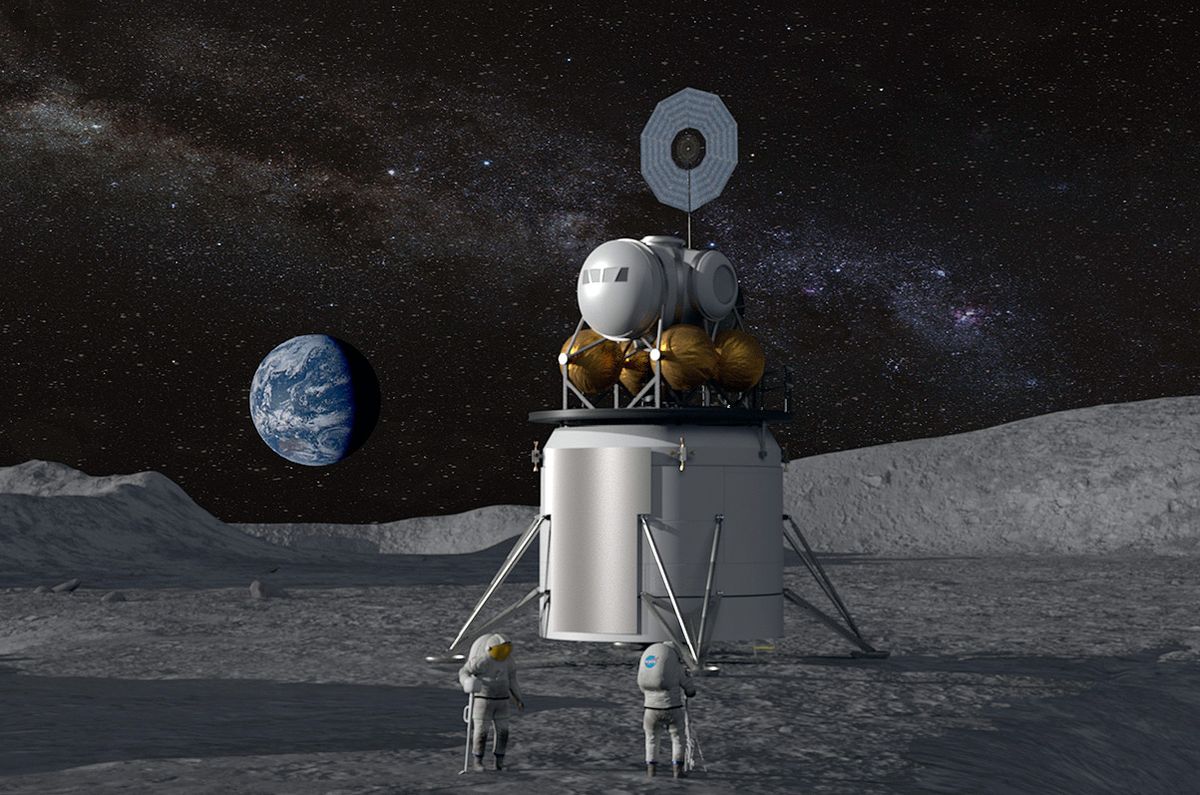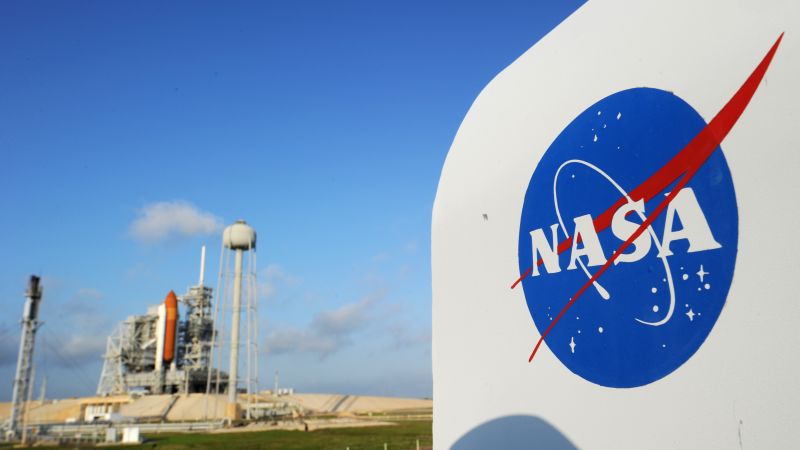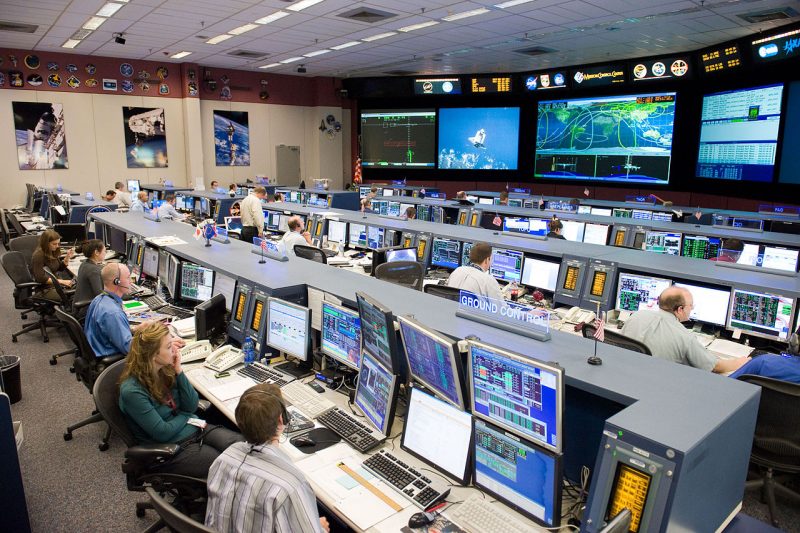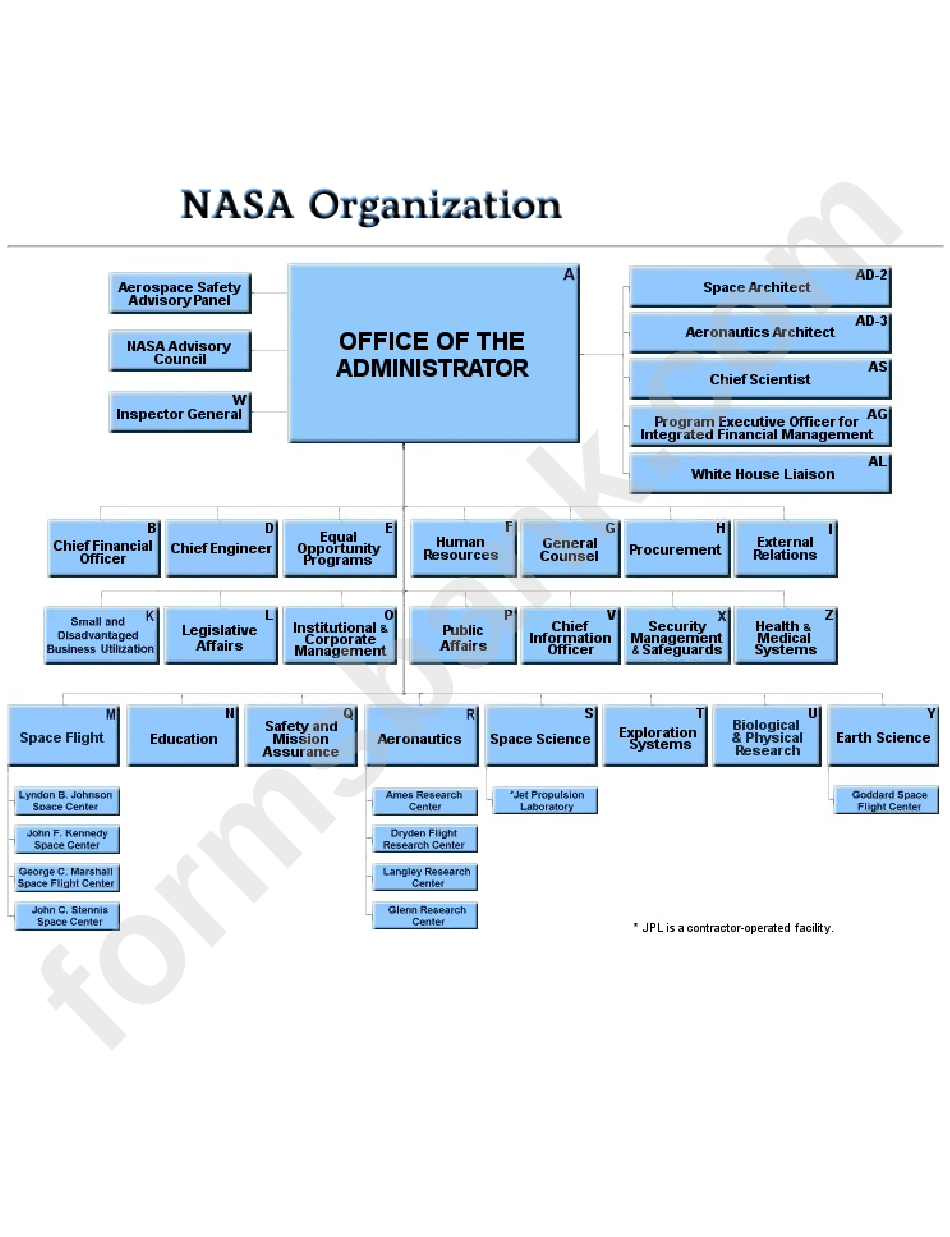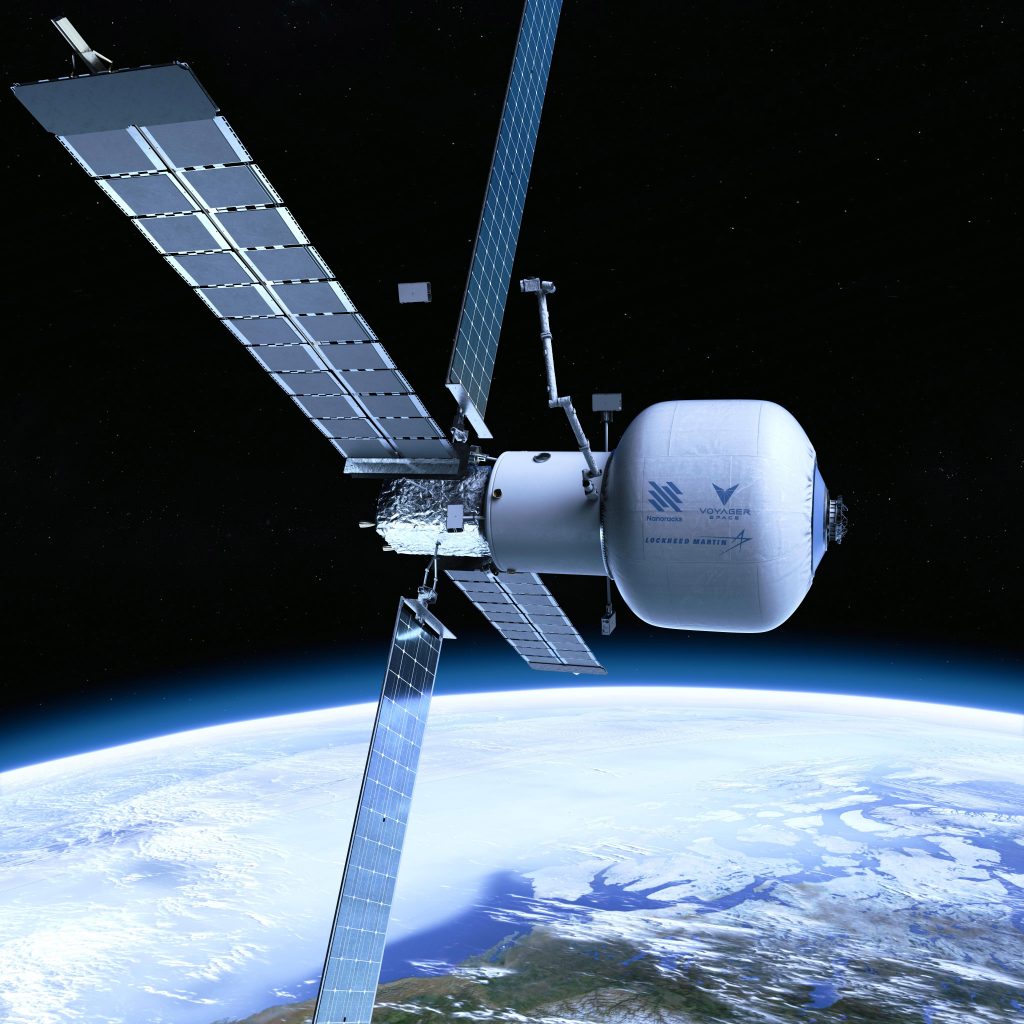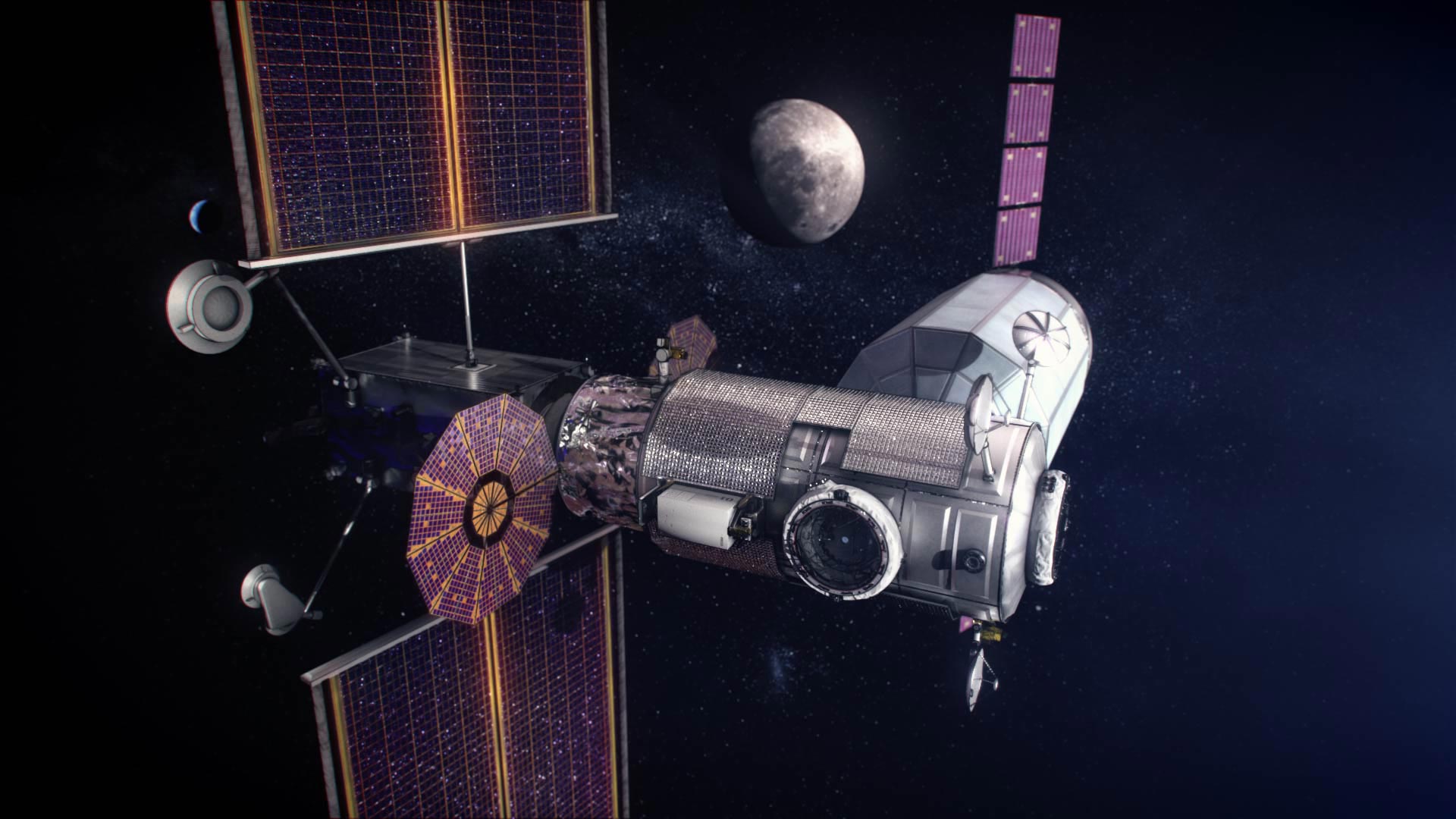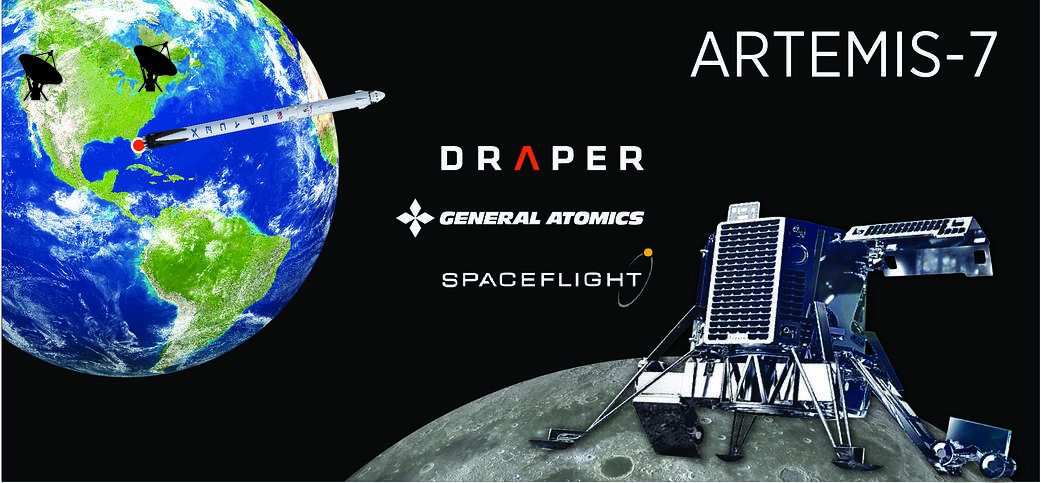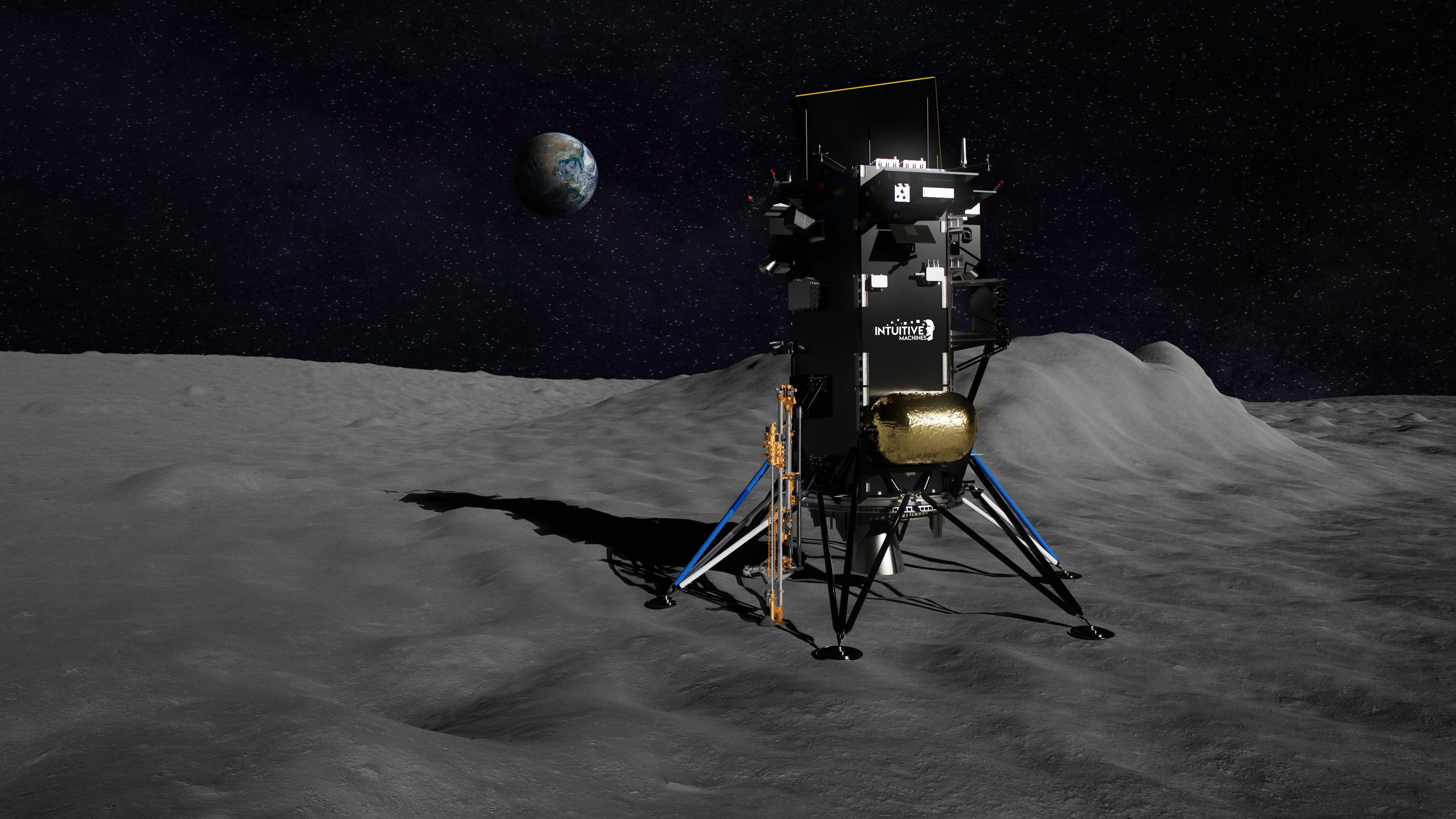Introduction: A Cosmic Cradle for Newborn Stars
The Hubble Space Telescope has once again delivered a breathtaking glimpse into the cosmos, revealing a cluster of young stars enveloped in a glowing cocoon of gas. This celestial spectacle is more than just a stunning image—it offers astronomers valuable insights into the process of star formation. But why are these stars swaddled in gas, and what can this tell us about the evolution of the universe? Let’s dive into Hubble’s latest discovery.
What Did Hubble Discover?
Hubble recently observed a stellar nursery where young stars remain wrapped in a cocoon of gas and dust. These stars, still in their infancy, are in the process of forming, drawing material from their surroundings as they grow. The surrounding gas emits a soft glow, illuminated by the energy of the forming stars within.Astronomers believe this region represents a crucial phase in stellar evolution, where stars transition from mere clumps of matter to fully formed celestial bodies capable of generating their own light and heat.
The Science Behind the Cocoon
So, why are these stars surrounded by gas? This cocoon is a remnant of the dense nebula from which they were born. The gas and dust act as both a shield and a feeding ground, protecting the young stars while also supplying the essential materials needed for their growth.
As nuclear fusion ignites within these stars, their powerful radiation and stellar winds will eventually disperse the surrounding gas, allowing them to shine freely in the cosmos. This process can take millions of years, making Hubble’s observations an extraordinary opportunity to witness this crucial phase of star birth.
Why This Matters: The Bigger Picture in Astronomy
Understanding how stars form is key to unraveling the mysteries of galaxies, planetary systems, and even the origins of life. Every star—including our Sun—once went through a similar process. By studying these young, cocooned stars, astronomers gain deeper insights into:
- The conditions necessary for star formation.
- How stars evolve over time.
- The role of gas and dust in shaping the universe.
These findings also contribute to ongoing research about exoplanets, since planets often form in the same regions as their parent stars.
What’s Next? Future Observations with James Webb
While Hubble has provided stunning visual data, the James Webb Space Telescope (JWST) is expected to take this research even further. With its advanced infrared capabilities, JWST can peer deeper into these gas cocoons, unveiling details that remain hidden from Hubble’s view. Scientists hope to use Webb’s observations to explore:
- The chemical composition of these gas clouds.
- The earliest stages of planet formation.
- The differences between various star-forming regions across the universe.
The combination of Hubble’s observations and future Webb data could revolutionize our understanding of stellar nurseries.
Conclusion: The Never-Ending Wonder of Space
Hubble’s latest discovery reminds us just how dynamic and mysterious the universe truly is. These cocooned stars offer a glimpse into the cosmic processes that have shaped not just our own Sun, but countless other stars and planets across the universe. As technology advances and new telescopes join the search, we are bound to uncover even more secrets hidden among the stars.
What do you think about Hubble’s latest cosmic marvel? Let us know in the comments! 🌌✨
Slug: hubble-stars-cocoon-gas
Focus Keyphrase: Hubble stars cocoon of gas




